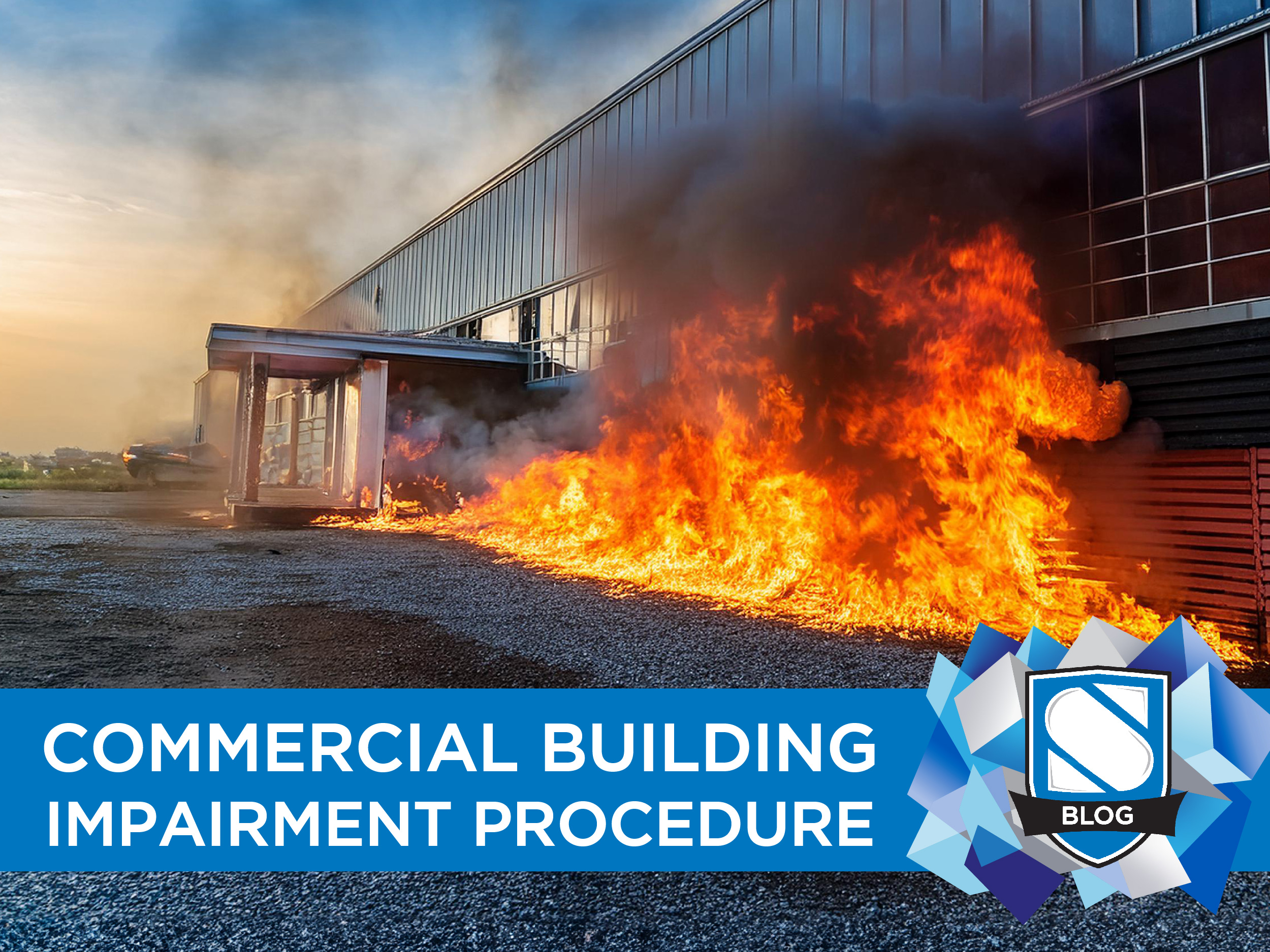Contrary to stereotypical pop culture depictions, very few bosses actually enjoy having to fire someone. It’s a stressful, heart-wrenching confrontation that wears on everybody involved. Cool and measured corporate jargon about “right-sizing” or “discharging” employees don’t even come close to the emotional intensity of telling someone that he or she is out of a job. No matter the circumstances, it’s difficult not to acknowledge that you’re creating a real financial hardship for that person and their family and taking a crowbar to their self-esteem.
Even so, terminating employees is sometimes, regrettably, necessary. As a manager, you have a responsibility to the business and to the rest of your employees to take action if a particular person isn’t working out. If at the end of a long and deliberate process you come to the conclusion that termination is unavoidable, make sure you do it the right way.
Cover your bases
Before you fire someone, you have to make sure everything you’re doing is on the up and up. This is in service of providing the best work environment you can, and making sure you’re covered legally. Terminating an employee incorrectly can leave your business vulnerable to a wrongful dismissal suit that is sure to be more expensive and time consuming than doing it right the first time.
Terminating an employee right starts long before the decision is made. Proper record keeping and documentation is vital to making sure the situation is handled fairly and legally. Maintain employee records that note any kind of problematic behavior that occurs. Absences, complaints, serious mistakes, anything that could be relevant to a dismissal.
Of course, firing someone shouldn’t be your first response to dealing with a problem, it should be the last card you play after trying everything else. If you haven’t already set up a progressive disciplinary system that clearly informs employees of any problematic behavior that may be reflecting poorly on them and gives them time to respond to the feedback and improve, you should. Regular performance reviews are also a must.
It is important to make performance reviews honest and constructive rather than treating them as perfunctory task that is rubber stamped every six months. You can’t give an employee a glowing report and then fire them a few months later because they’re “not team players.” These problems need to be documented or they’ll come back to haunt you in a courtroom. It’s also important to make sure that EVERY employee is given a performance review, not just the struggling ones. Otherwise it can be seen as discriminatory.
Leading up to a termination, do your legwork. Look into any and all rights they employee has, if they will be owed a severance package, what will happen to their benefit plan if they have one. You may need to consult with an HR professional to make sure this is handled properly.
Do it right
By nature, people are conflict avoidant. They’d rather dodge an uncomfortable exchange or direct confrontation if possible. While this instinct is understandable, unfortunately, it also makes people act like jerks. This is the instinct that spawns everything from break-up texts, to security waiting at a desk with a cardboard box, and “Friday-at-4:30” terminations. Very uncool.
When firing an employee, do it in person, but not alone. A termination meeting should be accompanied by someone else (preferably an HR representative, but at least another manager or supervisor) to act as a witness and protect against any allegations of impropriety or unfairness later.
It’s natural that a person is going to be upset when fired. They might be angry, they might be desperately sad, they may demonstrate any number of emotions. Be prepared for it and focus on listening. Don’t allow yourself to be drawn into an argument or verbal spat. Be respectful, explain your reasoning, and be clear about any severance payment and how best to move on.
Reassure your employees
Firing someone doesn’t just affect the freshly unemployed, the impact ripples through the entire business, both in an emotional sense and in a practical one. It can create fear that the axe-man may be coming for more heads while dumping more work on the people who are left, a nasty combination.
Be up front about it with the rest of the team. Hold a quick meeting acknowledge the decision and your reasons (while being mindful of confidentiality and saying anything disparaging, it’s best to be tactful) and reassure employees that it was not something you took lightly. More often than not, a terminated employees co-workers know when a person was doing something that put their job at risk and recognize it, but other times they may not have the full story. By being upfront and professional about your reasoning you will retain their respect and ally any fears of more firings.
You also need to address the gap left in the workforce. This is something you should plan ahead on and coordinate with other management. Have a plan in place on how you will spread the work around, if you are immediately going to search for a replacement, how to divide responsibilities in the meantime.
Terminating an employee is a hard task that nobody wants to do. But you can only make it worse by trying to do it at a distance or through some cynical ploy. Like many things in life, think on how you would want to be treated in the situation (given heads up, a chance to correct problems, an honest and direct notification, a chance to plea your side of the story, having all your rights respected and employer obligations fulfilled, etc) and act accordingly. Not only will this save you from wrongful dismissal suits and all kinds of other legal knots, it will also foster an atmosphere of trust and understanding in your workforce when they see that you treated the terminated employee as humanely and fair as possible














0 Comments